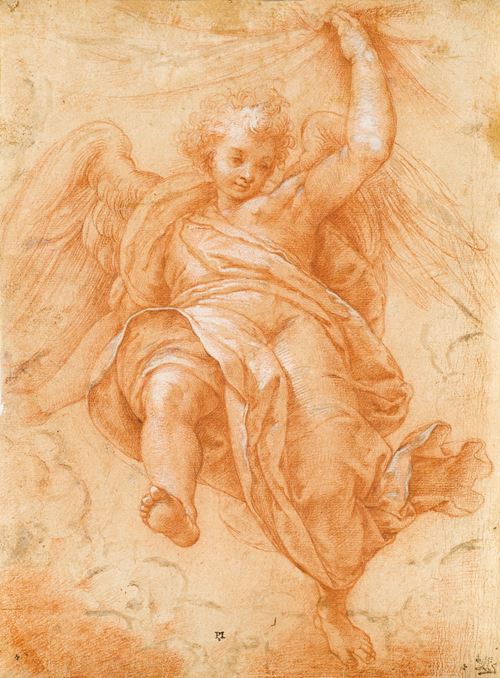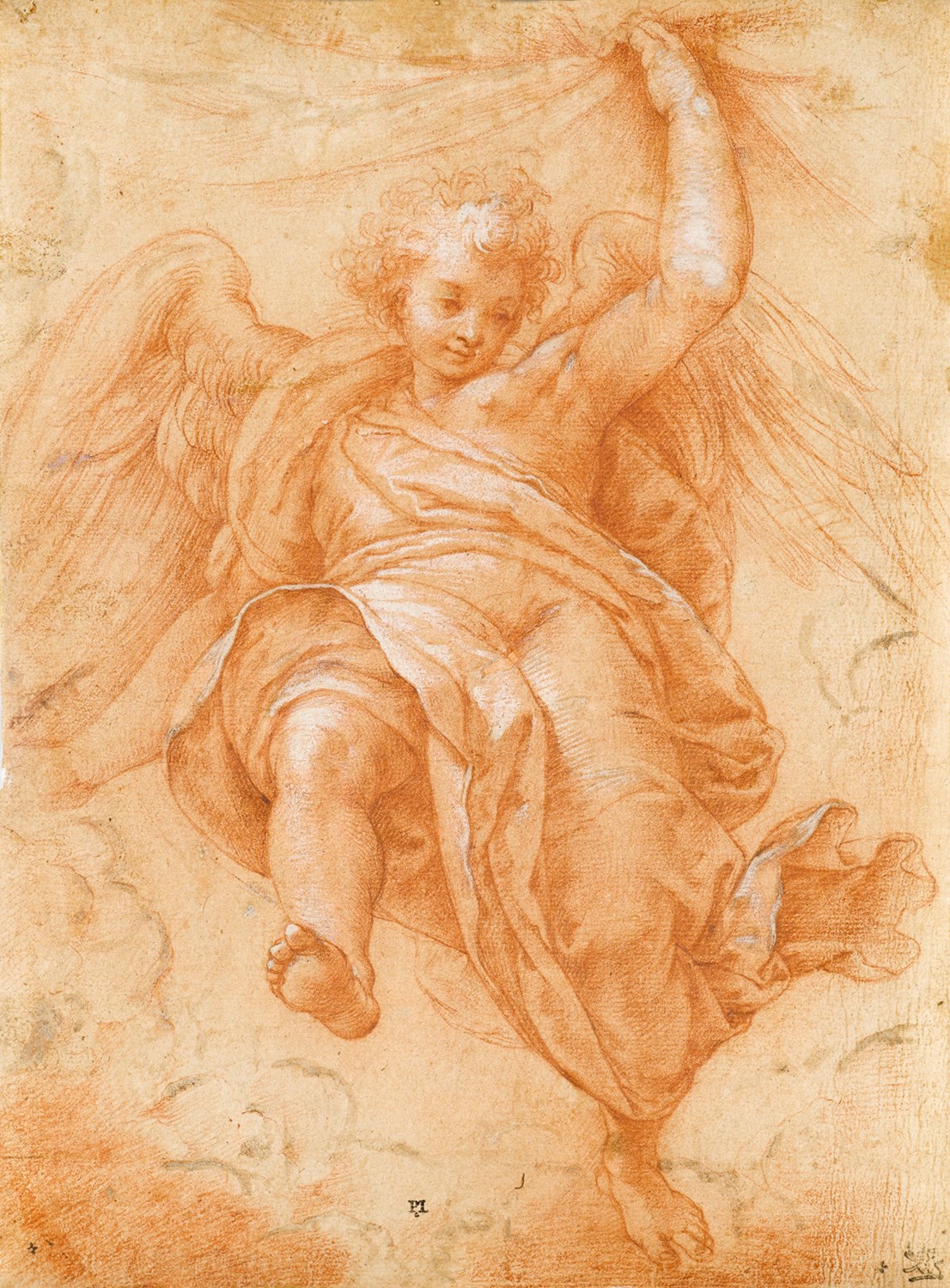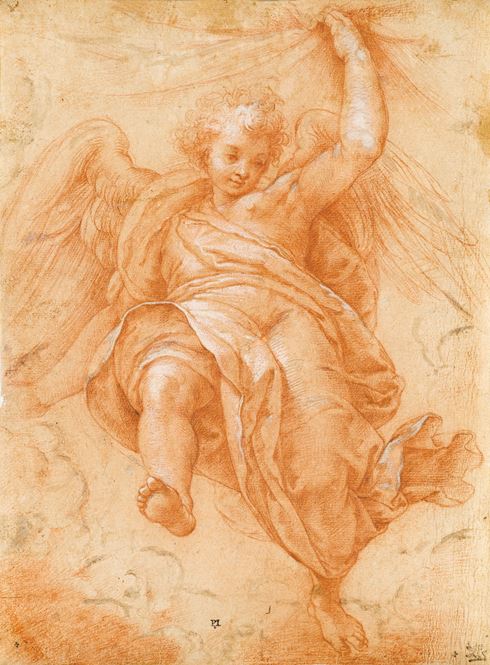
Denys CALVAERT
Antwerp 1540 - Bologna 1619
Biography
Born in Antwerp, Denys Calvaert was one of the few Flemish artists of the period who worked for most of his career in Italy, where he was known as ‘Dionisio fiammingo’. After an apprenticeship in the studio of the landscape painter Cerstiaen van Queckborne in Antwerp, Calvaert settled in Bologna sometime around 1561 or 1562, and there completed his artistic training with the painters Prospero Fontana and Lorenzo Sabatini, whose studio he joined in 1568 as an assistant. Calvaert’s earliest known signed and dated painting is an Allegory of Vigilance of 1568, now in the Pinacoteca Nazionale in Bologna. Both Fontana and Sabatini were sometime collaborators with Giorgio Vasari, and in 1573 Calvaert accompanied Sabatini to Rome, where they worked together on the extensive fresco decoration of the Sala Regia in the Vatican for Pope Gregory XIII, which had been begun by Vasari. Although this was probably Calvaert’s only visit to Rome, the exposure to Tuscan and Roman Mannerism relatively early in his career was to have a profound effect on his later work. While in Rome, he is also known to have made numerous drawings after the paintings and frescoes of Raphael and Michelangelo, as well as copies of Roman antiquities.
Interestingly, Calvaert chose to return to Bologna in 1575 rather than try and establish himself in the larger and more competitive artistic environment of Rome. In Bologna he soon established his own academy, eventually counting among his pupils Guido Reni, Domenichino and Francesco Albani, all of whom later transferred to the Carracci’s rival Accademia degli Incamminati, founded a few years later. In 1581 Calvaert received the commission for one of his most celebrated works, a large altarpiece of The Miracle of Saint Gregory for the Bolognese church of San Gregorio. He continued to run a large and busy studio in Bologna, receiving numerous commissions for religious pictures for local churches and smaller devotional works for private patrons. Alongside the Carracci, Calvaert was one of the leading painters in the city in the last quarter of the 16th century, at the height of the Counter Reformation. As one modern scholar has noted of the artist, ‘Throughout his career he remained faithful to the mannerist style of painting, producing works that are characterized by a barely perceptible Northern realism. Calvaert distinguished himself as a draftsman and painter of the highest quality.’ Despite spending almost all of his career in Italy, Calvaert remained proud of his Netherlandish heritage, and often added the word ‘Fiammingho’ (‘Flemish’) or Antwerp, his city of birth, to his signature on his paintings. He also developed a market among collectors in the Netherlands for his small-scale paintings, often executed on copper.
Denys Calvaert was a prolific and talented draughtsman, and the emphasis he placed on drawing in his large workshop was to be a profound influence on a number of the succeeding generation of artists in Bologna. Malvasia writes that the artist was particularly admired for his drawings in red chalk, in which he was much infuenced by the example of Correggio; this is especially noticeable in his studies dating from around the turn of the century. Many of Calvaert’s drawings are either signed and dated, or can be connected with surviving paintings. Some of his finished drawings appear to have been produced as independent works for sale, while several were also reproduced as prints. The artist was greatly admired as a draughtsman in his lifetime, and many of his drawings were later acquired by such prominnet collectors as the Cardinals Luigi d’Este and Leopoldo de’ Medici; the latter eventually acquired almost forty drawings by Calvaert, which are today in the Uffizi in Florence.



